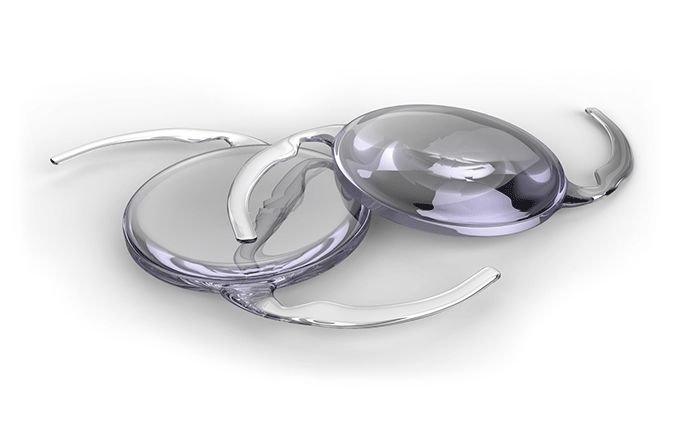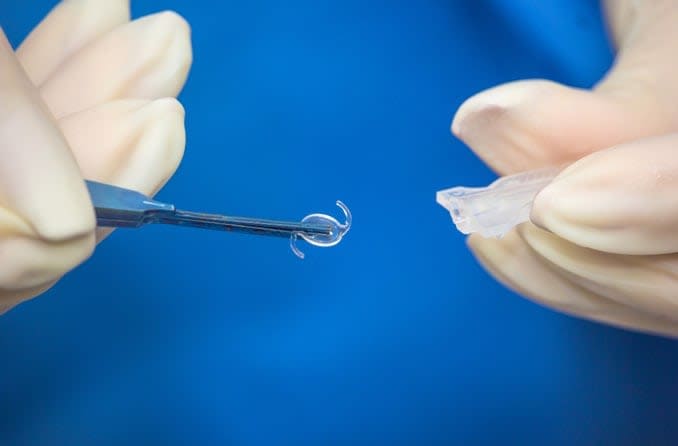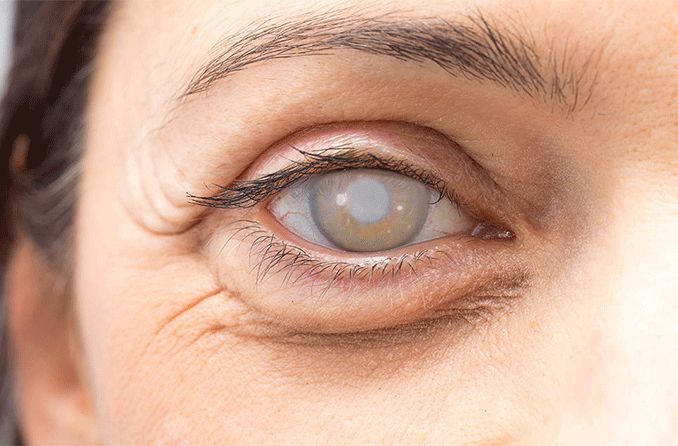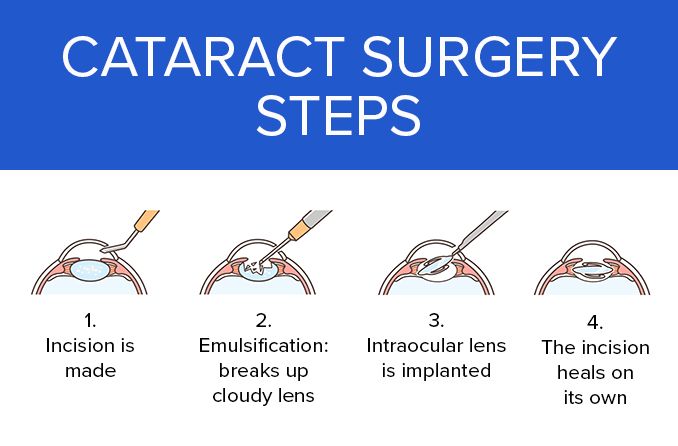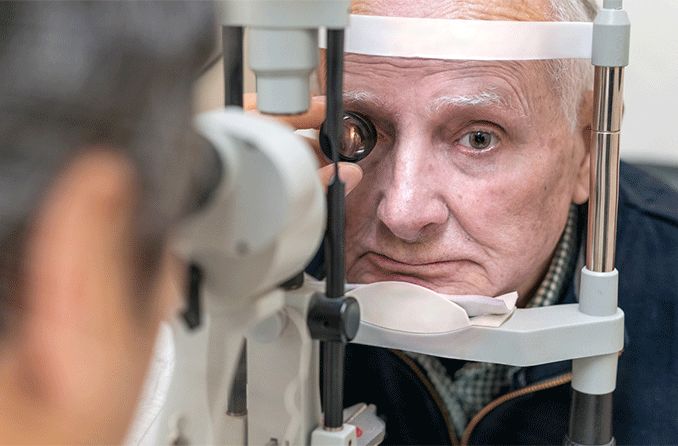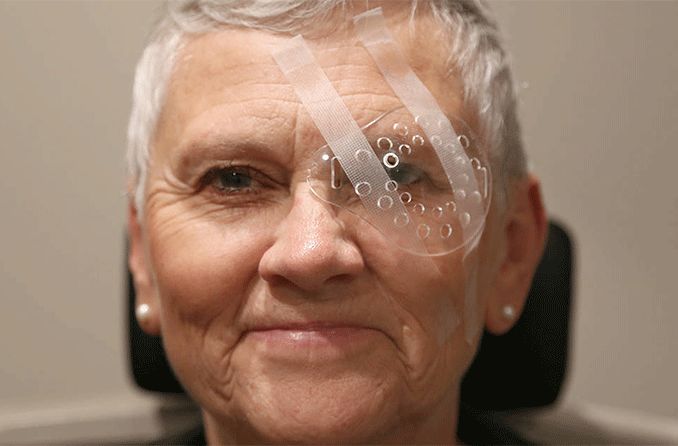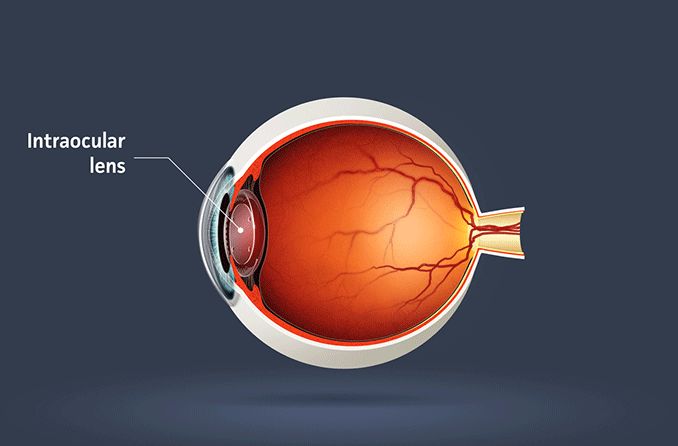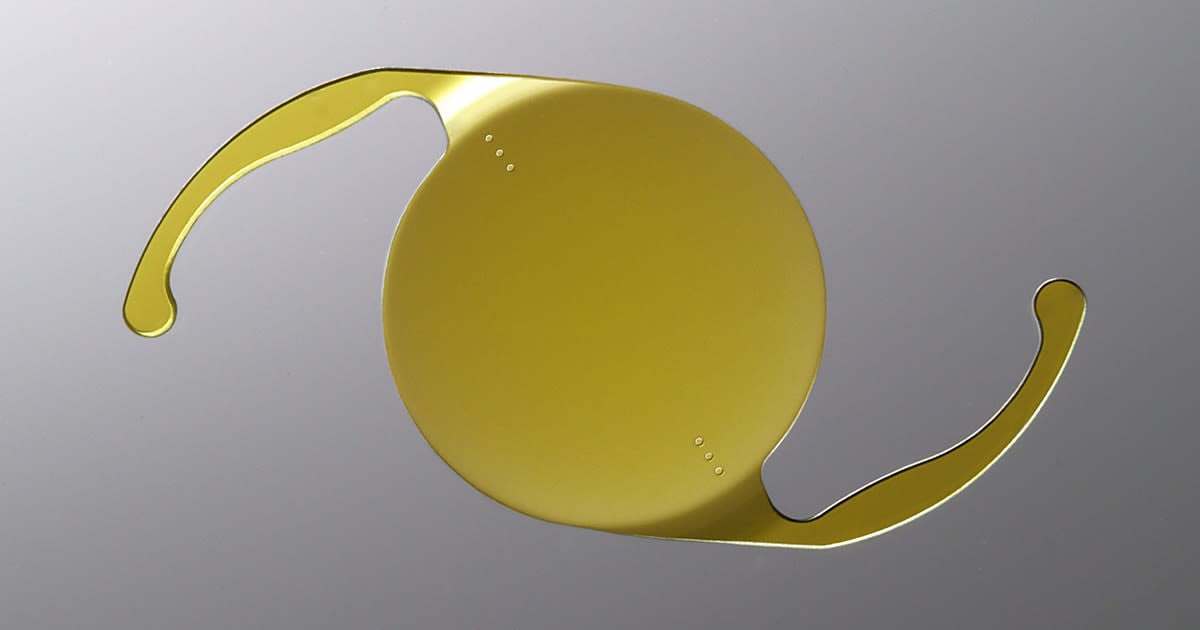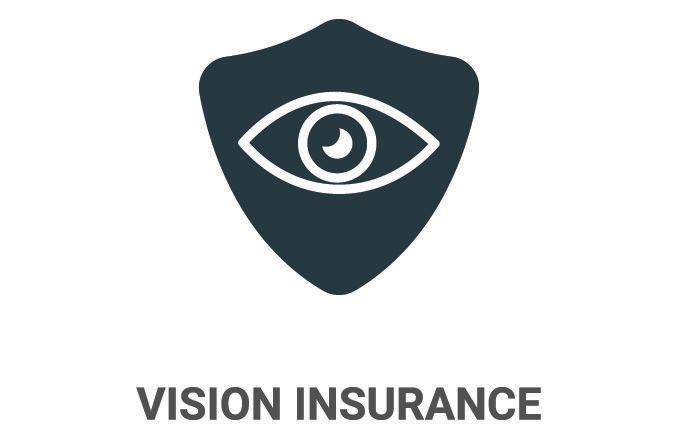What is monovision cataract surgery?
Monovision cataract surgery replaces the natural lens with an intraocular lens (IOL) that corrects for distance vision in one eye and for near vision in the other eye. The brain switches between the eyes as a person’s gaze shifts. This provides clear, glasses-free vision for most activities.
How does monovision cataract surgery work?
In cataract surgery, a cloudy natural lens is replaced with a clear artificial lens called an intraocular lens (IOL). A monofocal lens is the most commonly implanted IOL. It provides clear vision at one focus only, usually distance.
After cataract surgery, a person with both monofocal IOLs focused at distance would need glasses to see clearly at near. Some people also still need glasses to see clearly at distance because their refractive error was not corrected by the monofocal IOL.
Monovision cataract surgery is one type of refractive cataract surgery. The goal of most refractive cataract surgery is clear, glasses-free distance vision after surgery. However, it can also be used to achieve clear near vision.
In monovision cataract surgery, one IOL is set for distance, and one is set for near. Your doctor will perform a few tests to determine your “ dominant eye.” The dominant eye is typically chosen for the distance IOL, and the other eye for the near IOL.
After the brain adapts to filtering out the blurry image, this provides clear vision for most activities. Glasses may still be needed for detailed near work or computer work and for night driving.
Who is a good candidate for monovision cataract surgery?
For people who have adjusted to monovision, monovision cataract surgery allows them to see clearly without glasses for the majority of their tasks. Good candidates for this surgery are people who:
Have successfully worn monofocal contact lenses in the past.
Do not like to wear glasses.
Play sports or spend a lot of time outdoors.
Are willing to take the time for an adjustment period.
Want a lower-cost option than premium IOLs (many insurances will cover monofocal IOLs).
Are not affected by a decrease in depth perception. Pilots, drivers, police officers and tennis or golf players are not good candidates.
Are willing to still wear glasses while driving, especially at night.
How do I know if I can adjust to monovision?
Many people successfully adapt to monovision as the brain learns to suppress the image from the eye that is blurry. Before choosing monovision cataract surgery, your cataract surgeon will recommend that you try monovision contact lenses. It usually takes a few weeks to months to adjust to monovision. During this period, you may experience:
Blur
Headaches and eye strain
A feeling of disorientation
Decreased depth perception
Difficulty adapting to activities such as driving and playing tennis or golf
How does monovision cataract surgery compare to other refractive cataract surgery options?
Over the past 20 years, premium IOL technology has provided more options for glasses-free vision. In addition to monovision IOLs, accommodating IOLs and multifocal IOLs can be chosen to correct presbyopia.
Accommodating IOLs use the movements of the eye’s muscles to change focus from distance to near. Some people find that they still need reading glasses for detailed work. Also, accommodative IOLs may become less effective over time.
Multifocal IOLs provide several zones of focus for clear vision at distance and near. However, distance vision is sometimes compromised for clearer near vision. Glare and halos around lights can also be caused by accommodating and multifocal IOLs.
A combination of a premium IOL in one eye and a monofocal IOL in the other eye has been used with some success.
Monovision refractive surgery uses monofocal IOLs, so it costs less than premium IOLs. It is a good option that can provide glasses-free vision for people who can adjust to suppressing the blurry image from one eye.
